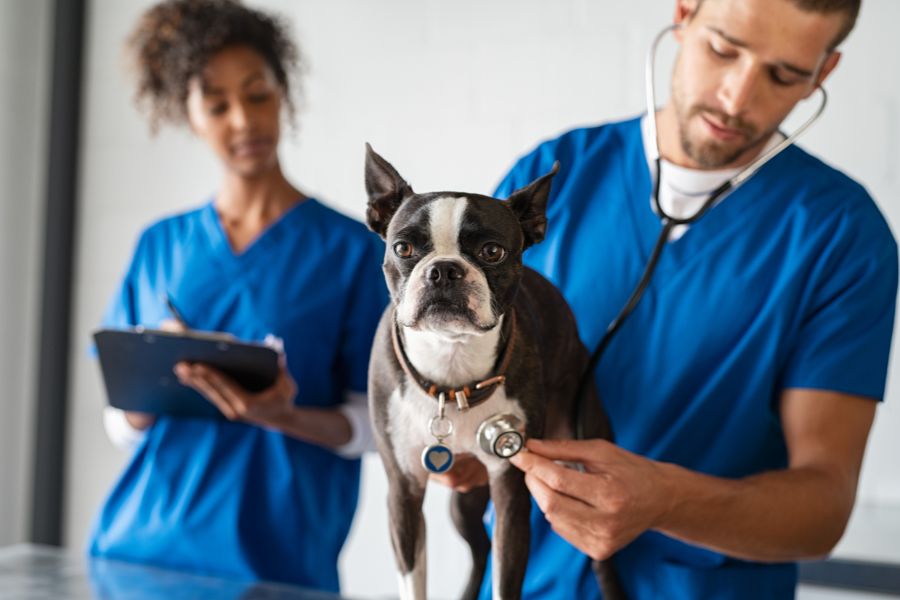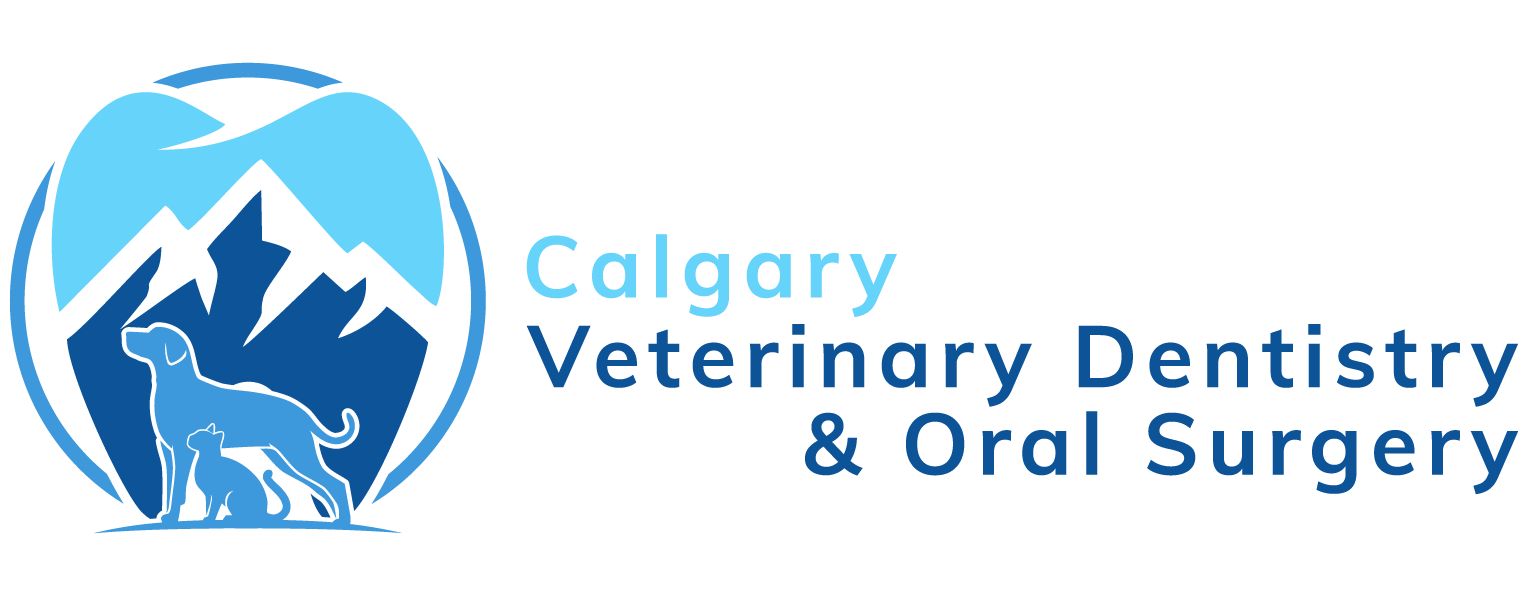Information About Pet General Anesthesia and IV Sedation
At Calgary Veterinary Dentistry & Oral Surgery, we are dedicated to providing reliable information about general anesthesia and IV sedation for pets in Calgary, AB.

Your Pet’s Smile, Our Passion
Information on General and Regional Anesthesia:
Your pet will be placed under general anesthesia for their procedure so they do not feel any pain while surgery is being performed. General anesthesia is administered by either a nurse anesthetist (Registered Veterinary Technologist) or a Board Certified Anesthesiologist (a veterinarian who has undergone residency training and is a specialist in anesthesia). Depending on your pet’s health status, your surgeon may recommend an anesthesiologist. Routine procedures in healthy patients are typically performed by our nurse anesthetists.
General anesthesia is administered in several different ways. Your pet will have an intravenous catheter placed to administer medications and IV fluids while he or she is under anesthesia. Patients are intubated with an endotracheal tube to allow for a controlled airway, administer oxygen, administer inhaled general anesthetic drugs, and support ventilation. Postoperatively, patients are treated with intravenous pain medications as indicated based on the procedure performed.
Although very safe, general anesthesia carries inherent risks that your surgeon will have explained during your preoperative consultation. These risks may include delayed recovery, adverse drug reactions, hypothermia, regurgitation, airway compromise, aspiration pneumonia, cardiac complications or death. If you have any questions regarding general anesthesia, please contact your surgeon prior to your pet’s procedure.
Regional anesthesia (an injection of local anesthetic that numbs a region of the body) is almost always employed for oral surgical procedures. The region of the body (maxilla or mandible) is typically anesthetized before the procedure begins (after the patient is asleep under general anesthesia) to ensure a pain-free procedure and again after the procedure is completed with a long-acting local anesthetic to provide postoperative pain control. Regional anesthetic techniques (infraorbital nerve blocks and/or inferior alveolar nerve blocks) are very safe, however risks include a post-injection hematoma, inadvertent intravascular injection, post-injection neuropathy, among others. These complications are very rare, and most patients tolerate regional anesthesia well.
Our Commitment to General Anesthesia and IV Sedation
General Anesthesia
Pain Management
General anesthesia provides a pain-free experience for pets undergoing surgical or dental procedures. Inducing a state of unconsciousness ensures that your pet is completely unaware of any discomfort during the intervention.
Immobility and Relaxation
During some medical procedures, it is crucial to keep your pet still so that the veterinary team can perform tasks efficiently and safely. General anesthesia ensures immobility, reducing the risk of injury to both the pet and the medical team.
Reduced Stress and Anxiety
Pets may experience stress and anxiety in unfamiliar veterinary environments. General anesthesia helps in calming nervous pets, making the overall experience less stressful for them.
Enhanced Procedure Precision
Certain complex surgeries and dental procedures require meticulous precision. General anesthesia allows veterinarians to focus on the task at hand without interruptions from the pet’s movements, ensuring optimal results.
IV Sedation
Mild Sedation for Non-Invasive Procedures
IV sedation is often employed for less invasive procedures where complete unconsciousness is not necessary. It induces a state of relaxation and calmness, allowing the pet to remain responsive but in a subdued state.
Rapid Onset and Reversibility
IV sedation typically takes effect quickly, enabling a smooth transition into the desired level of sedation. Additionally, it can be reversed swiftly, allowing for a faster recovery post-procedure.
Adjustable Sedation Levels
One of the key advantages of IV sedation is its adjustability. Veterinarians can control the depth of sedation to match the specific needs of each individual pet and procedure.
Minimized Recovery Time
Due to the controllable nature of IV sedation, pets often experience a faster and smoother recovery compared to general anesthesia. This is particularly beneficial for routine veterinary interventions.
